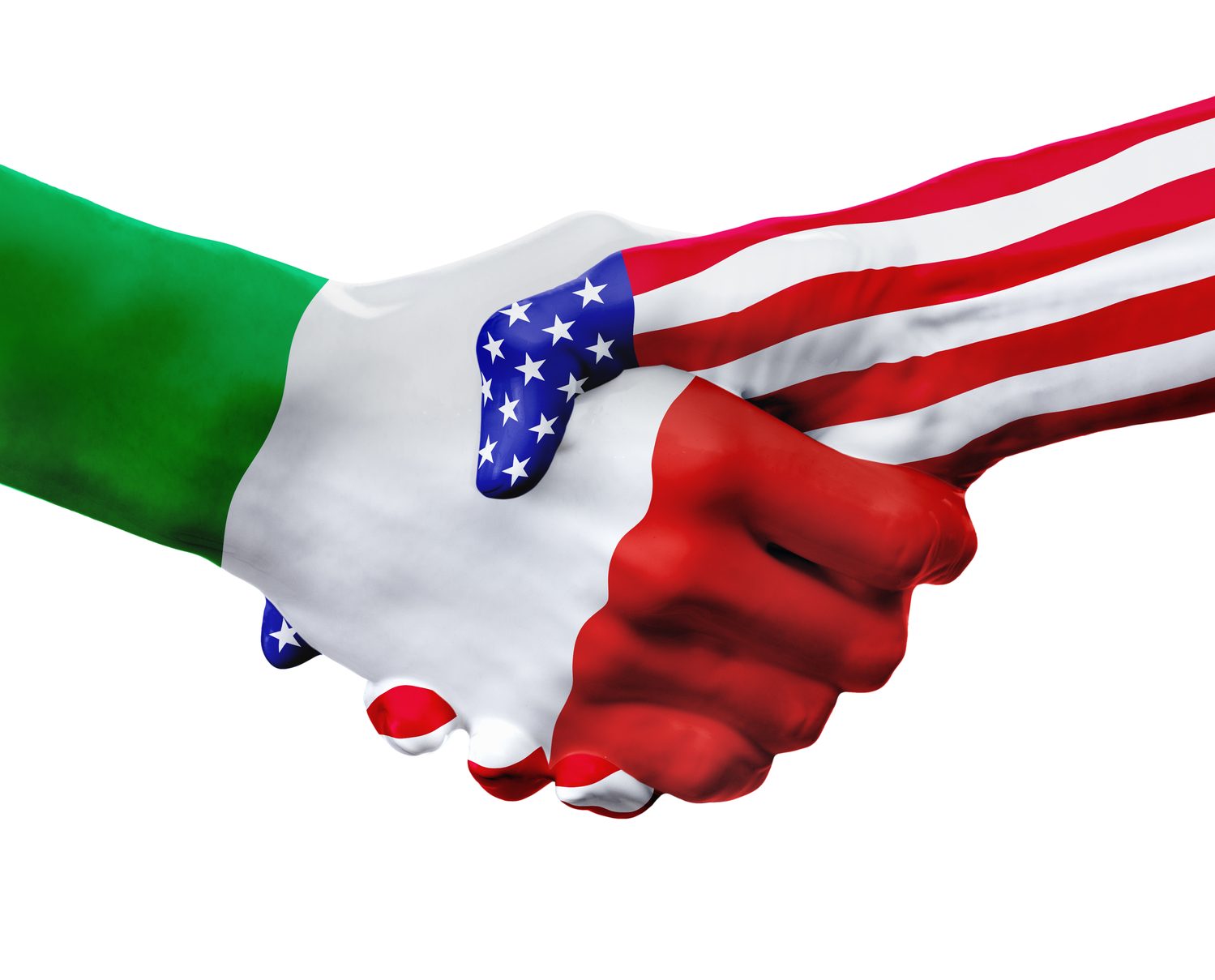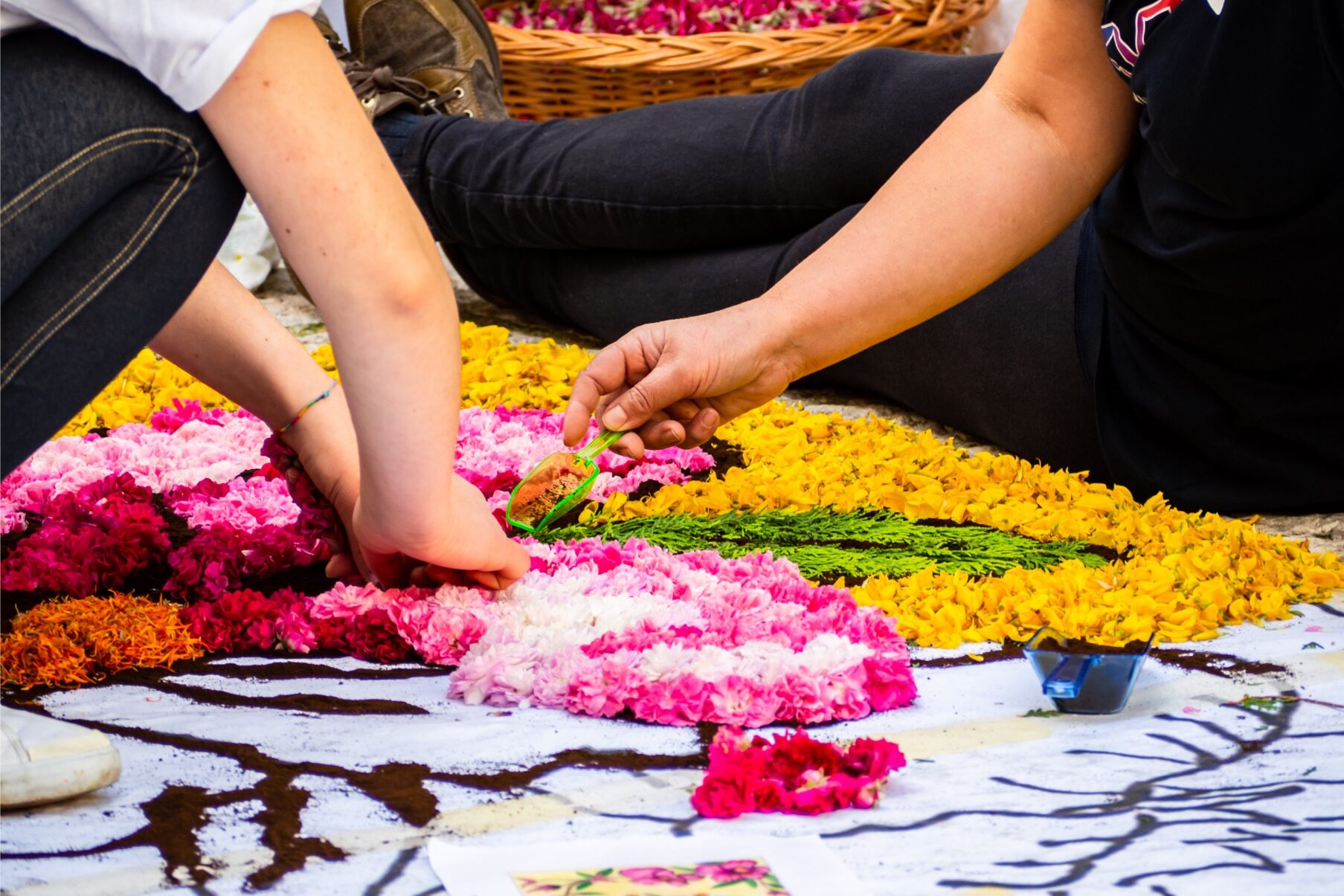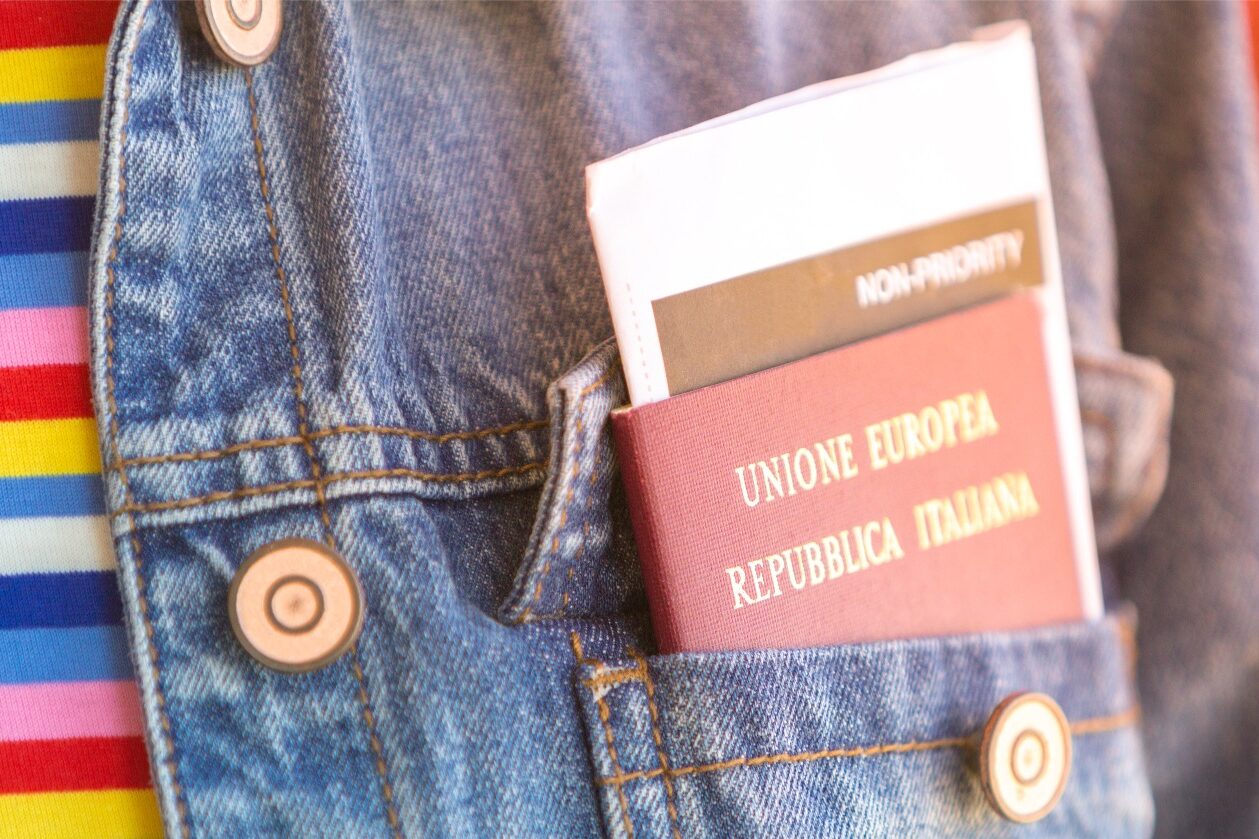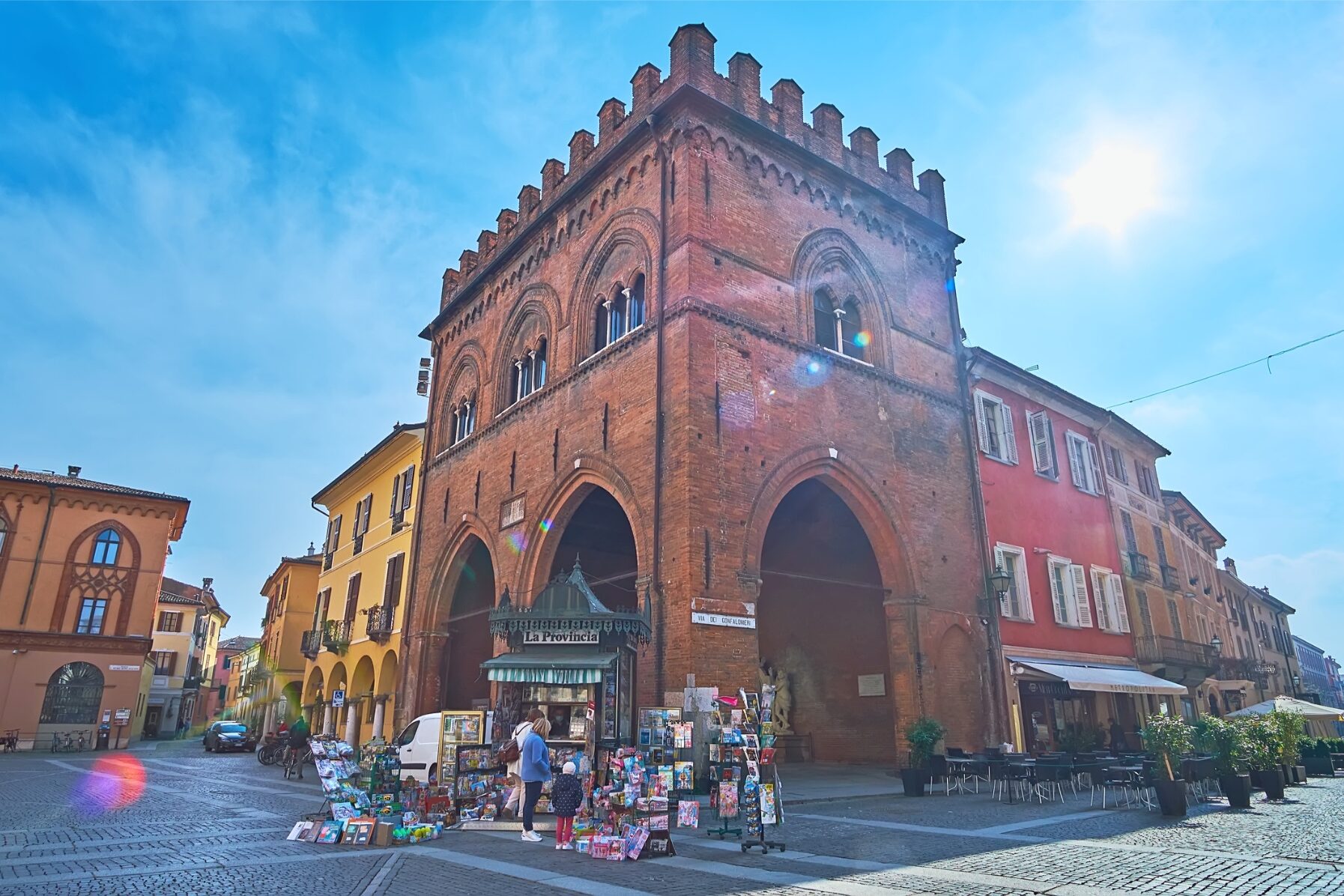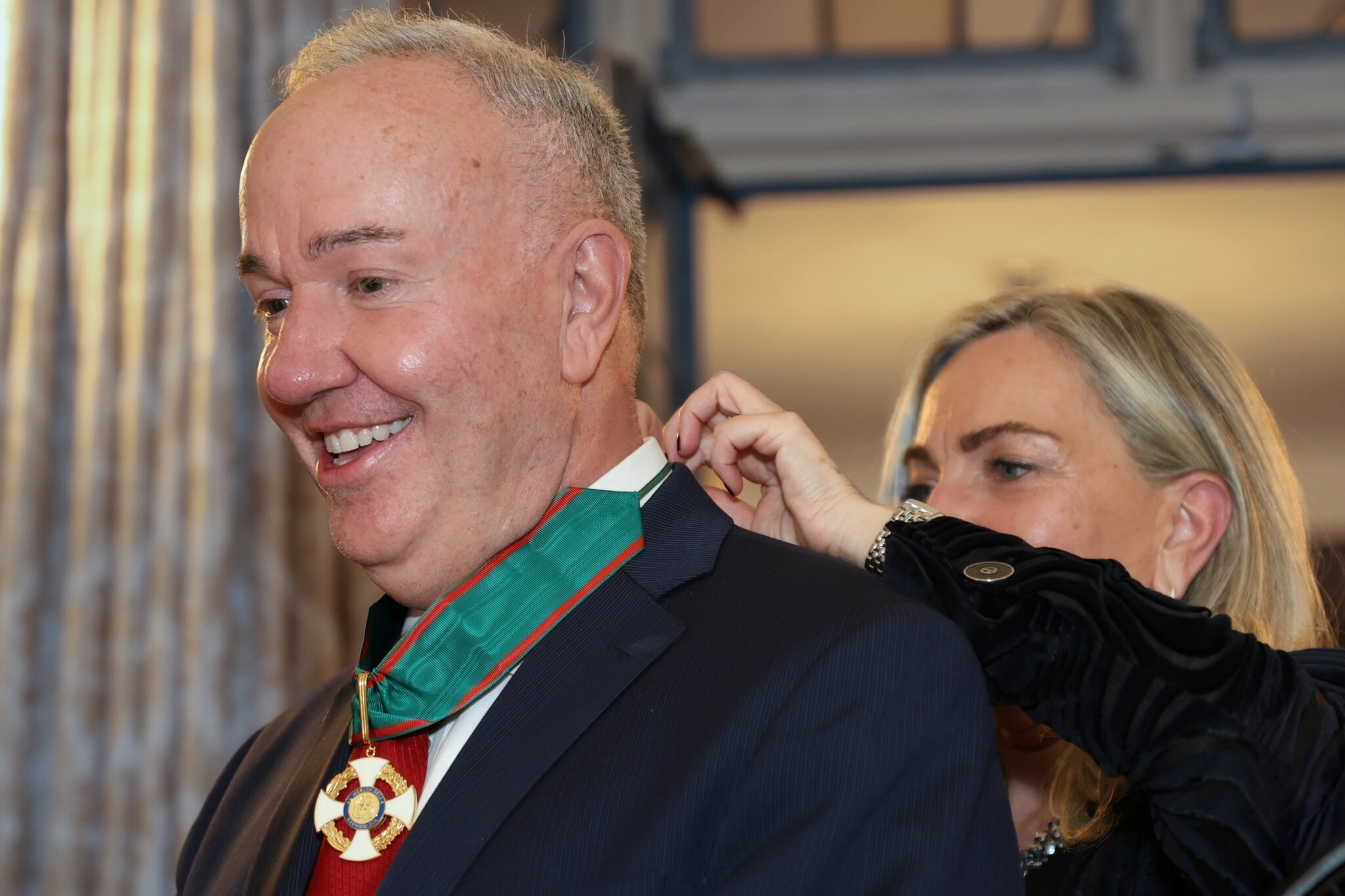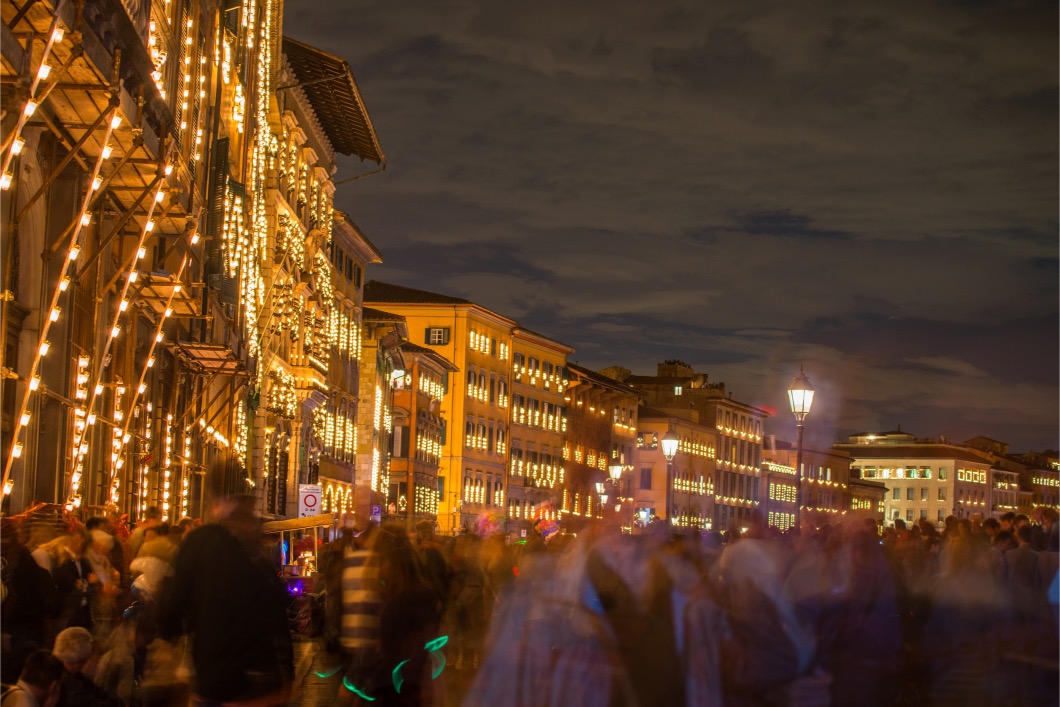On the 17th of March 1861, with the proclamation of a unified kingdom and after decades of wars, Italy became a nation. On the 12th of April of the same year, on the other side of the ocean, the American Civil War began. A handful of weeks after that first, date and shortly before Italian volunteers sailed across the Atlantic to participate to the Civil War, Italy and the United States established an official diplomatic bond. It was 160 years ago.
“This solemn anniversary offers the occasion to celebrate the ancient and vital bond of friendship between our two countries and our two people. As allies, we work every day side by side to protect peace and safety around the world, to fight climate change and the pandemic, to promote human rights, equality and prosperity. Our solid democracies are rooted in common values and our societies enjoy a continuous, fruitful exchange in many areas of culture and science, from innovation to technology. And our wonderful communities have an essential role in strengthening a relationship made so special by their very existence.”
These are the words of Italian Ambassador Armando Varricchio, in a video message published the past 17th of March, when he announced the initiatives which will be dedicated, through the year, to the celebration of this important anniversary. They will involve all the areas where Italy and the United States share work and connections: history and politics, arts, music and cinema, literature and language, innovation and technology, science and space, economy. A new website, www.italyus160.org has launched to celebrate “the past, the present and the future of the friendship between Italy and the USA.” Here, a video-guestbook collects the messages of Italian, American and Italian-American personalities, all offering their own testimony about the importance of the relationship between Italy and the US.
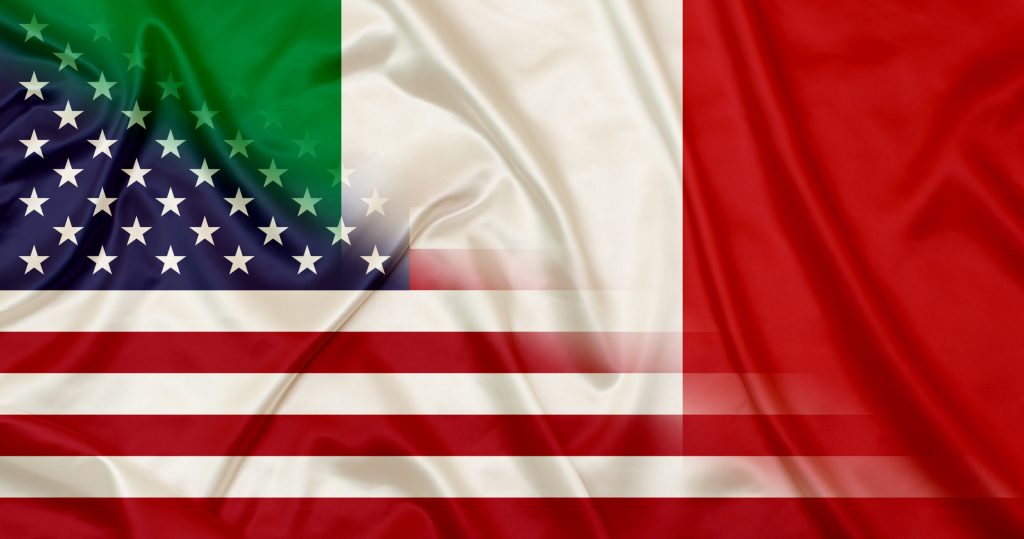
The institutional meeting between the two countries sees the presence in Washington of Italy’s minister of Foreign Affairs Luigi Di Maio, first among the world’s foreign ministers to meet the new Biden Administration. But there is more, as the program includes also an economic-industrial forum, concerts, exhibitions and events dedicated to innovation and AI, as well as the valorization of the Italian collectivity in the US and cinema. There’ll be events dedicated to space collaboration and to leading sectors such as food and agriculture, fashion and mechanics. Attention will also be given to themes like climate, the environment and the development of new energy sources; the protection of the archeological patrimony and the support of young researchers in the most advanced technological fields.
These 160 years of connections will be “the occasion to celebrate our two countries, their long lasting friendship and the tight connections between our communities, the values we’ve always shared and the creativity we inspire in one another,” Ambassador Varricchio underlined.
Because this is the point.
Since that spring, in 1861, many connections blossomed, in all fields of life. In particular, it was community connections that flourished, ties made of people, of generations of Italians and Italian-Americans who, for longer than one century and a half, have been contributing to the social, cultural and economic growth of the US on one side, and of Italy on the other. They created a “contemporary image of a permanent flux of intellectual and professional energies, that enrich our values,” Italy’s President Sergio Mattarella said in 2019, in occasion of his most recent trip to the United States.
This is a point that L’Italo-Americano is never tired to stress. The relationship between Italy and the US is primarily made by people and of people. But it’s neither the expats, nor the “turisti di ritorno,” going to Italy to find their roots we’re talking about. It’s neither the historical immigration of the mid-19th century, that continued more or less constantly throughout the last century, nor the more recent arrivals from Italy, made of professionals, professors, economists, scientists and researchers. It’s not even the Italian-Americans. Not even the 20 million Americans with Italian origins. It’s not a matter of categories and “pieces” of society, it’s a matter of people and of their communities, of how they interconnect and seek one another, of how they meet and mix, how they say goodbye and then find themselves again. The wealth of these last 160 years lies in the inhomogeneous flux of people who commutes between two worlds: some are coming back and some are leaving; some travel back and forth and others just leave their place to someone else. It’s this interchange that generates and produces. It’s our relationship, our shared imaginary and the way we’ve been building a shared space that keeps on changing in time.
